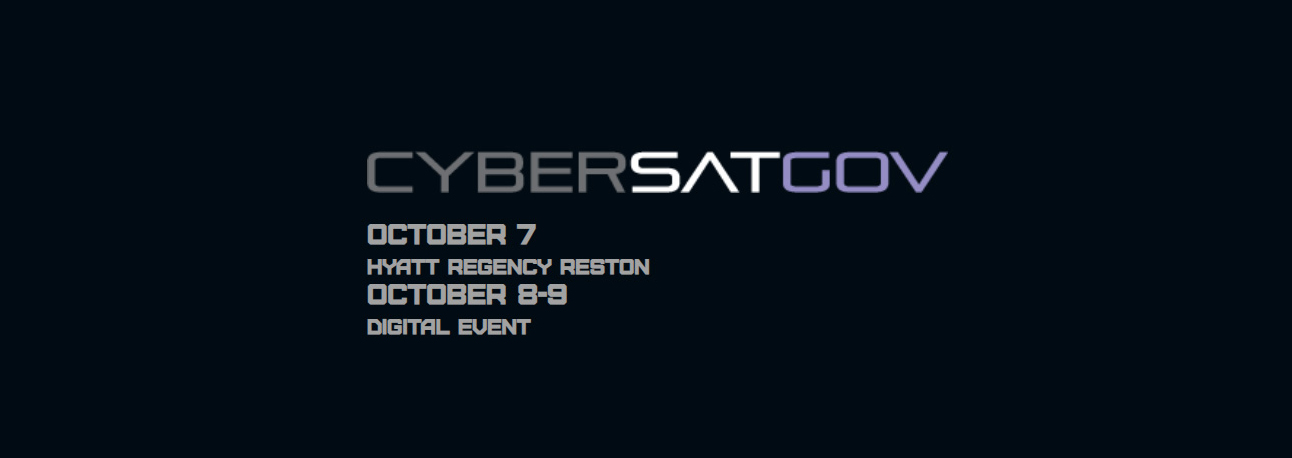
The Government and Defense sector has always been a big user of satellite connectivity. Deployable anywhere, with availability just about everywhere, VSAT connectivity is a critical part of extended networks and the reliance on them will only increase. From surveillance and tracking to remote sensing and disaster recovery, satellite is essential in enabling government and defense organizations to see the bigger picture and to access connectivity in the most remote and hostile regions of the world. That said, this type of network, that is home to highly sensitive information, must be protected. VSATs and the Future of Satellites was one of the areas of discussion at the recent Cybersat Summit, in which ST Engineering iDirect’s Vice President, Global Accounts and International Defense, Tim Winter, gave his insight.
The defense sector in particular is a prime target for both cybersecurity threats and intentional and unintentional signal interference. With the digitalization of the battlefield has come increased risk. Security systems must therefore have the capability to predict, detect, prevent and mitigate the mix of threats that could hamper operations.
For interference detection, a network management system, spectrum monitoring and geolocation services can identify potential threats. A spectrum monitoring solution can further detect any anomalies by pooling together bandwidth and comparing current conditions against a defined carrier plan. Geolocation can determine the latitude and longitude of an interfering signal and provide actionable intelligence by isolating and characterizing the source of interference.
When a security threat occurs, a proper mitigation response is needed. Signal excision technology and network diversity can help users swiftly leverage another network capacity to ensure persistent communications.
For prevention of future threats, transmission security (TRANSEC) and information assurance capabilities can ensure that systems remain resilient. TRANSEC technology keeps communications, and ultimately military operations, safe and secure as they transmit sensitive data over the airwaves.
Finally, prediction of future interferences and threats can be done by evaluating and understanding network activities, looking at historical data and ensuring rapid response to adjust for any inconsistencies.
At ST Engineering iDirect, we are pioneering a future that will see a multi-layered security and resiliency networking platform. Our platform can connect to different sources of satellite capacity whether they are sovereign or allied military bandwidth, governmental or commercial capacity or services, regardless of orbit and enable multi-layered security and resiliency to provide redundancy in case of interference or jamming, paired with the latest security technologies.
Find out more about our cybersecurity offering at https://www.idirect.net/products/glowlink/.
